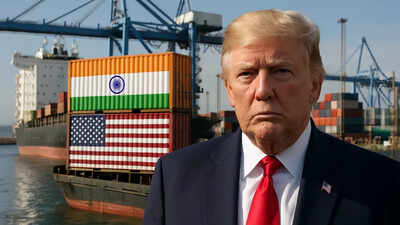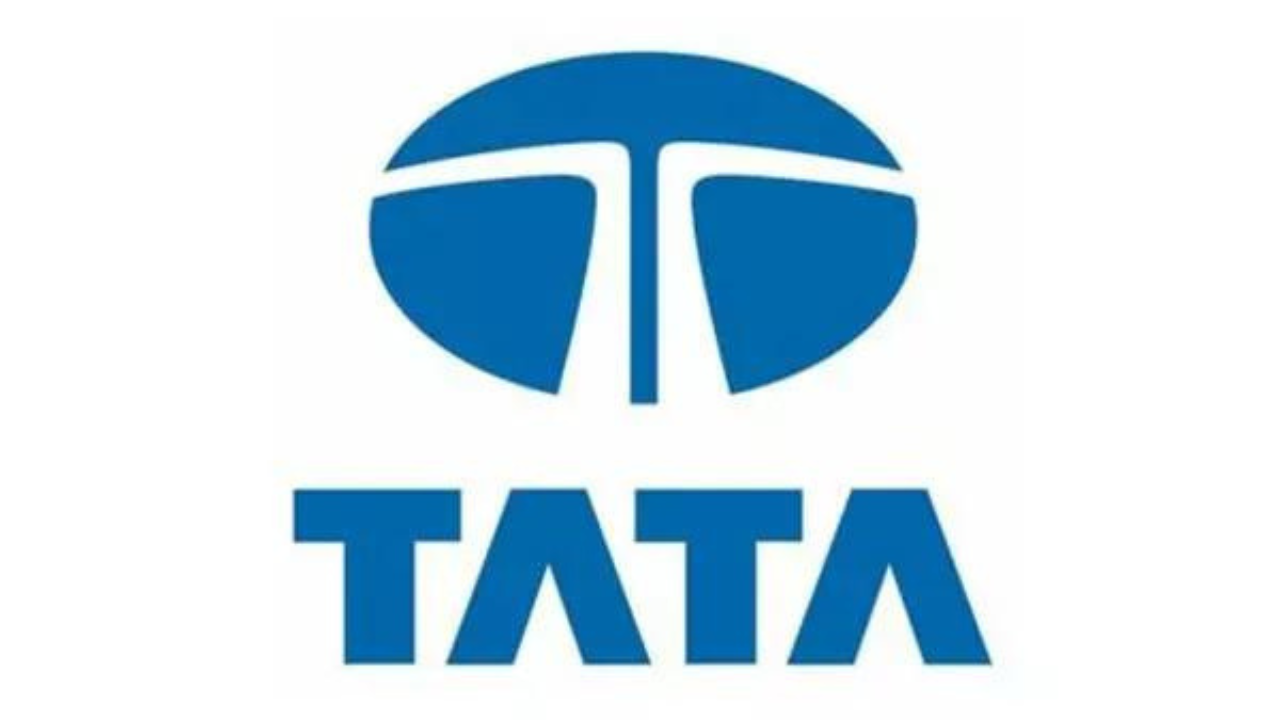Trump tariffs: Why India should push for rollback of Russian oil penalty before trade deal with US; 3-point strategy explained


Table of Contents
ToggleTrump
tariffs: Why India should push for rollback of Russian oil penalty before trade deal with US; 3-point strategy explained” title=”US President Trump indicated on Monday that he plans to lower tariffs on India in the future.
(AI image)” decoding=”async” fetchpriority=”high”/>
Piyush Goyal Sends Strong Reply To Donald Trump, Says India Wants Fair But Balanced Trade Agreement
During the Oval Office ceremony for Sergio Gor’s swearing-in as the new ambassador to India, Trump remarked, “So right now, they don’t love me, but they’ll love us again.” When discussing potential trade agreements, he simply stated, “I think we’re pretty close to doing a deal that’s good for everybody,” without providing specific details about timing or remaining obstacles.
India-US trade deal: 3-point strategy India should adopt
GTRI proposes a 3-point approach for India: finalise withdrawal from sanctioned Russian oil trading, get the US to reverse 25% Russian oil duty to enhance market access, and subsequently engage in balanced trade discussions with the US as equals.
- End oil imports from sanctioned Russian firms.
Trump has acknowledged that India has largely done this, so Step 1 is complete, says GTRI.
- Secure tariff rollback before trade talks.
With Russian oil imports curtailed, India should press Washington to withdraw the 25% “Russian oil” tariff.
This would reduce the overall US duty burden on Indian goods from 50% to 25%, boosting competitiveness in sectors like textiles, gems and jewellery, and pharmaceuticals without rushing into a full trade deal, it says.
- Resume trade negotiations after tariffs come down to 25%.
Once duties are rolled back, India should restart talks for a balanced trade agreement, aiming for parity with partners like the EU and targeting average industrial tariffs of about 15%, it adds.
GTRI also points out that India could potentially benefit from awaiting the US Supreme Court’s verdict on Trump tariffs.
Should previous rulings be upheld and the tariffs invalidated, India would be better positioned to negotiate a fair and progressive trade agreement with the US, without the constraints of unilateral duties.The US Supreme Court has startd hearings on a significant case regarding presidential authority under the International Emergency Economic Powers Act (IEEPA) to impose such tariffs.
Several justices expressed doubts about whether the legislation permits such extensive authority.
A ruling against Trump would render these tariffs unlawful and require their withdrawal, potentially influencing global trade patterns and directly impacting US-India trade discussions.
India-US trade deal: What’s the status?
The trade negotiations between India and the US appear to be reaching completion, with additional discussions becoming less likely.
The Indian government maintains its stance on achieving a fair outcome.At an event, Commerce & Industry Minister Piyush Goyal said, “We are working for a good trade deal in the interest of India.
We want a fair, equitable, and balanced trade deal with the US.
If that happens, it could happen any day, tomorrow, next month, or next year.
But as a government, we are preparing for everything.”A high-ranking official told TOI that discussions with the US have largely concluded, with no additional rounds anticipated.
The official noted, “They (the US) have to get back to us.
It’s the most comprehensive, WTO-compliant treaty compared to any other nation.
We negotiated very cautiously, keeping in mind the sensitivities of key sectors.
There is no deadline.”Following five rounds of official-level discussions, with involvement from Goyal and External Affairs Minister S Jaishankar with their American counterparts, progress appears promising.



